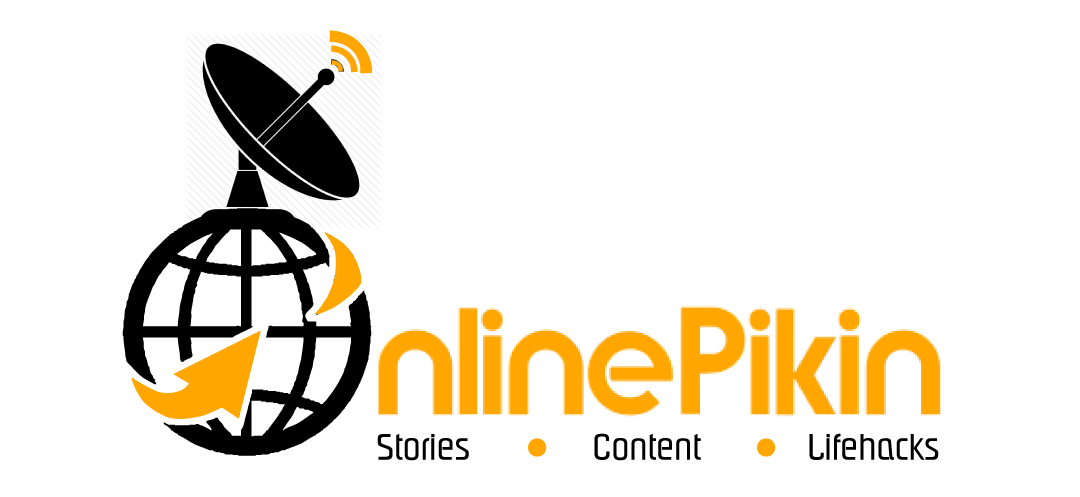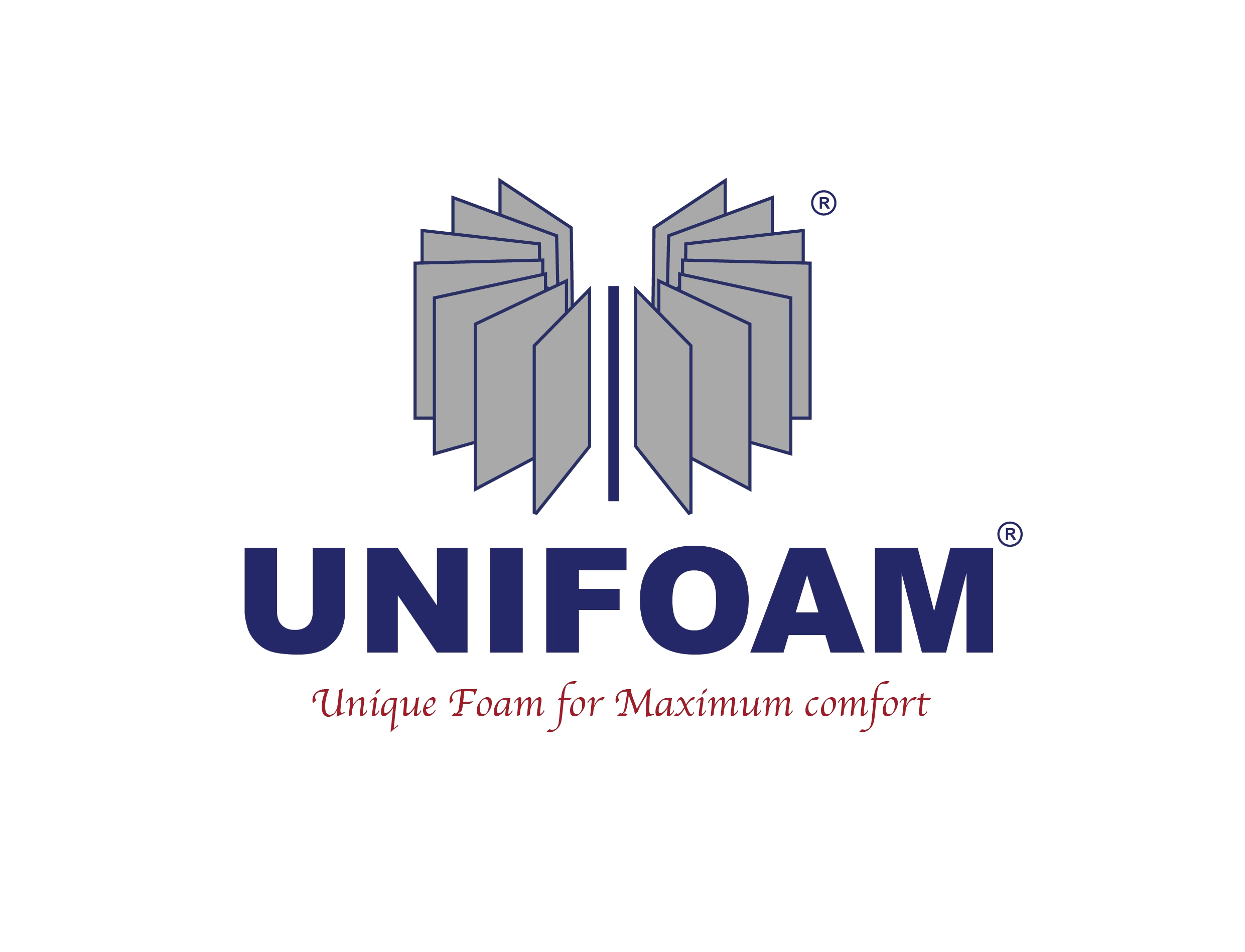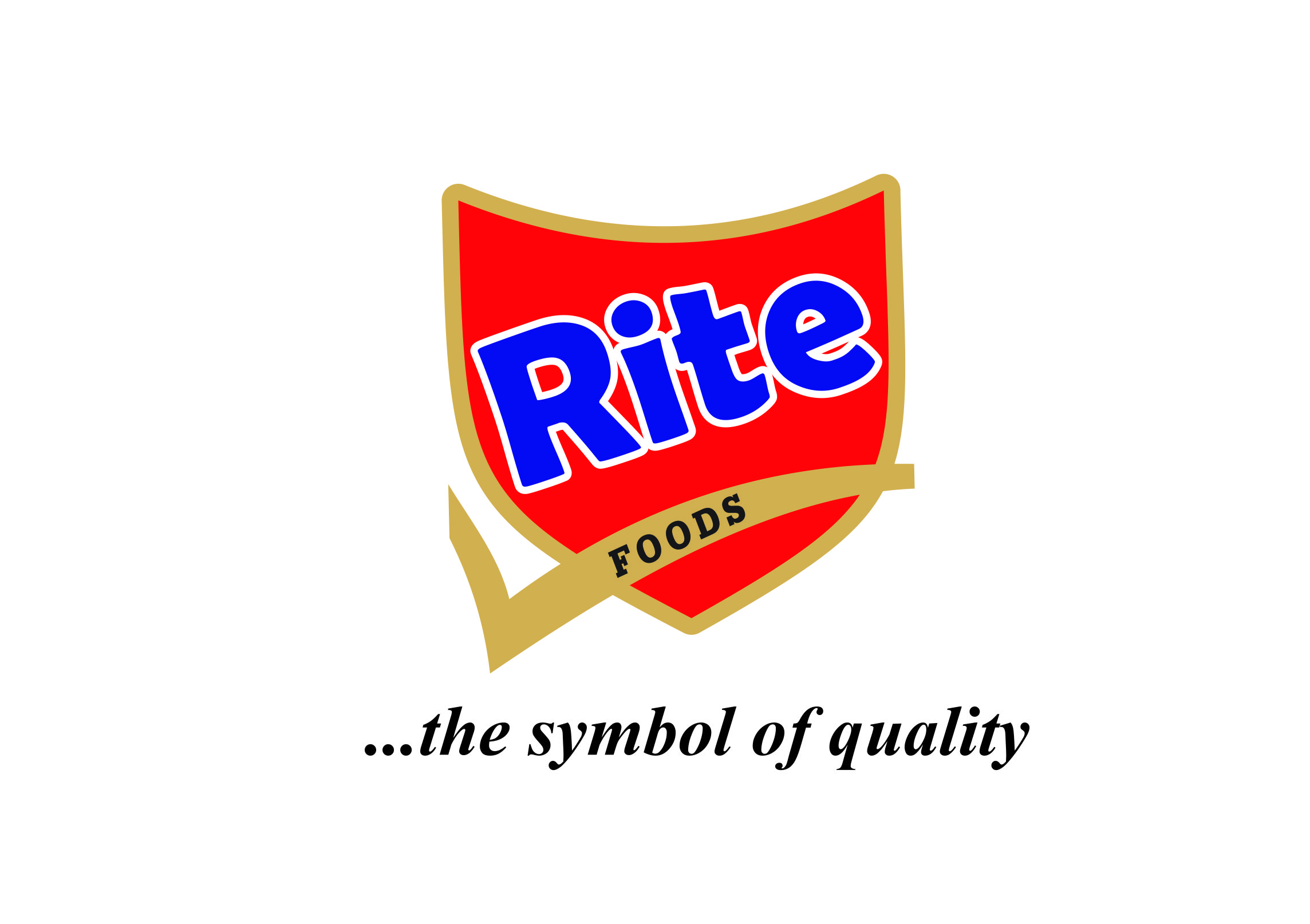The coronavirus pandemic came with lots of turbulence for businesses. The past two years have witnessed turmoils in the global economy; Even the smallest increase in supplier or software cost or change in strategy can impact a company’s profitability; every penny counts. Although business owners are familiar with ‘being online’ and tend to dabble with a mix of marketing tactics, experts say businesses should be using digital marketing strategically in order to save costs and raise revenue.
Following a 1400% increase in interest for the search term ‘business cost savings’¹ between March to June 2022, this article highlights five ways you can save costs as a business operating online:
1. Create a 12-month Strategic Marketing Plan with a Set Budget/Limited Expenses
Developing a marketing strategy that aligns with your overall business plan and objectives is essential to building resilience. Understanding your target audience, their wants and needs, and your own goals and key performance indicators (KPIs) as a business will not only give you clarity and results but also save you money.
Planning 12 months ahead helps avoid future uncertainties and reduces the risk of failure. It allows time to coordinate tasks and distribute responsibilities, such as thorough research and visual graphic creation.
You can utilise a number of organic marketing tactics to build brand awareness, an audience and ultimately new customers. An essential organic component of this strategy is content marketing. Creating and posting valuable, relevant and meaningful content is a great free way to increase your brand awareness, trust and authority, leading to increased lead/sales generation.
Using a mix of the below techniques is recommended to achieve the best results:
- A consistent flow of social media content (organic)
- Monthly email newsletters
- Advice-led blog posting
- Search Engine Optimisation (SEO)
- Building backlinks from high authority websites
2. Choose a Hosting and Maintenance Partner That Offers Flexibility
Choosing a provider that regularly monitors and suggests suitable plans based on usage not only protects you from inflation but gives you the flexibility to adjust your package depending on your needs. You want a contractual agreement with a price promise for 12 months minimum to protect you and your business as the cost of living rises and other expenses increase.
For example, in manufacturing, you will often find at least one period of the year where traffic is expected to ramp up significantly. This can be driven by classic product-related seasonality (e.g. sun cream in Summer) or marketing offers to inflate demand, and your website will need to be able to handle any spikes in traffic.
By partnering with an agency that regularly reviews your package and suggests ways to improve the service provided, you could look to save or reallocate funds elsewhere. This relates to hosting and any monthly or annual agreement your business may be contributing to, such as website maintenance, CRM software, etc.
3. Take Advantage of Organic Social Media and Email Marketing
Despite social media platforms bringing in 29.37 billion pounds in revenue² – the marketing tools themselves are free, unlike many traditional marketing methods (print marketing, tv and radio advertisements etc.). Using organic social media content that can be packed with clickable links is also a cost-effective alternative to increasing website traffic and goal conversions, which can save on any extensive pay-per-click (PPC) budgets.
Social media marketing is quick, easy and time-efficient. You can build a community of followers and gain consumer trust by providing bucket loads of resources all in one place within minutes. The platforms also allow you to humanise your brand and partner with influencers and key stakeholders.
Key things to remember when managing social media for a business:
- Create a social media strategy based on your target audience
- Put together a content plan looking at key awareness days, products and services, User Generated Content (UGC), testimonials, FAQs, behind the scenes and more
- Schedule your posts to save time using tools like Hootsuite, Tweetdeck or Buffer
- Measure results using Google Analytics as well as internal social media analytics
- Keep an eye out for industry trends using social listening tools and Google Trends
- Create engaging social graphics using Canva or if your budget allows, reach out to a graphic designer for some creative direction
4. Strengthen Relationships with Suppliers and Customers with Case Studies and Connecting on Social Media
By building a bank of case studies and sharing this insight across social media (tagging relevant stakeholders), you can reduce the cost of marketing efforts as it is a free and organic way to build trust and brand awareness with your audience.
It not only makes your customers feel appreciated and special, but it also allows your brand to reach businesses it may not otherwise have. By engaging with your customers and suppliers on social media, you are building credibility with potential new customers that are not following your content yet; essentially, you can reach a wider audience at no expense.
When writing case studies, link back to customer and supplier websites and focus on target search terms. This will support the improvement of website authority and visibility online, and Google keyword positioning will improve, increasing website traffic. To do this, use tools such as Google Search Console, Google Analytics, Moz and Google Trends to carry out your keyword research and ensure you are targeting the most relevant keywords or phrases.
5. Increase Digital Reach and Rank Higher in Organic Search Results with Traditional SEO
Traditional SEO practices are one of the top ways to increase keyword rankings and reach while simultaneously trying to maximise the marketing budget. Spending money on PPC advertising and Google Ads can quickly become expensive, especially in competitive industries. Building a solid organic search presence with relevant content and strong website optimisation can be a great way to still appear at the top of the first page of Google.
Users often ask Google very specific questions – and if your website gives them direct answers to those questions, the search algorithm will reward that. Support that with in-depth on-page optimisation, perfecting your meta descriptions and alt tags, and you could find yourself with a featured snippet (highlighted excerpts of text that appear at the top of a Google search results page in what is known as ‘Position 0’) or top position.
Whether you use an agency to help with your SEO or invest in an internal resource to manage search presence, this strategy, in the long run, works out much cheaper than a search ads campaign that you have to fuel with money every single month.































